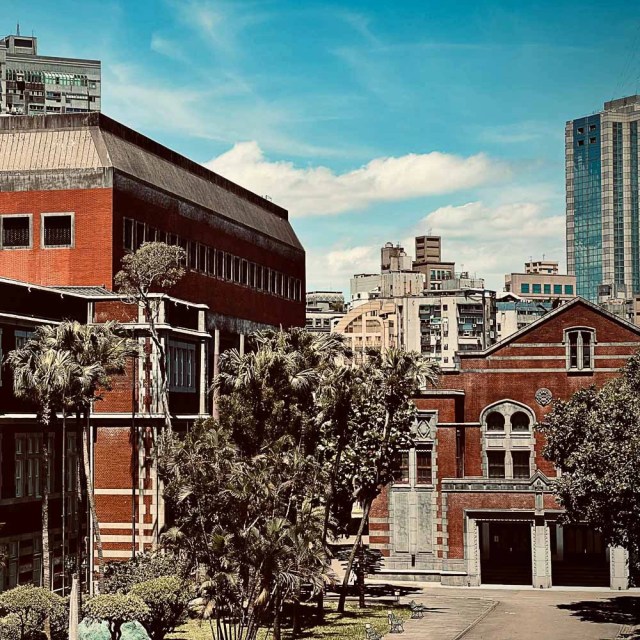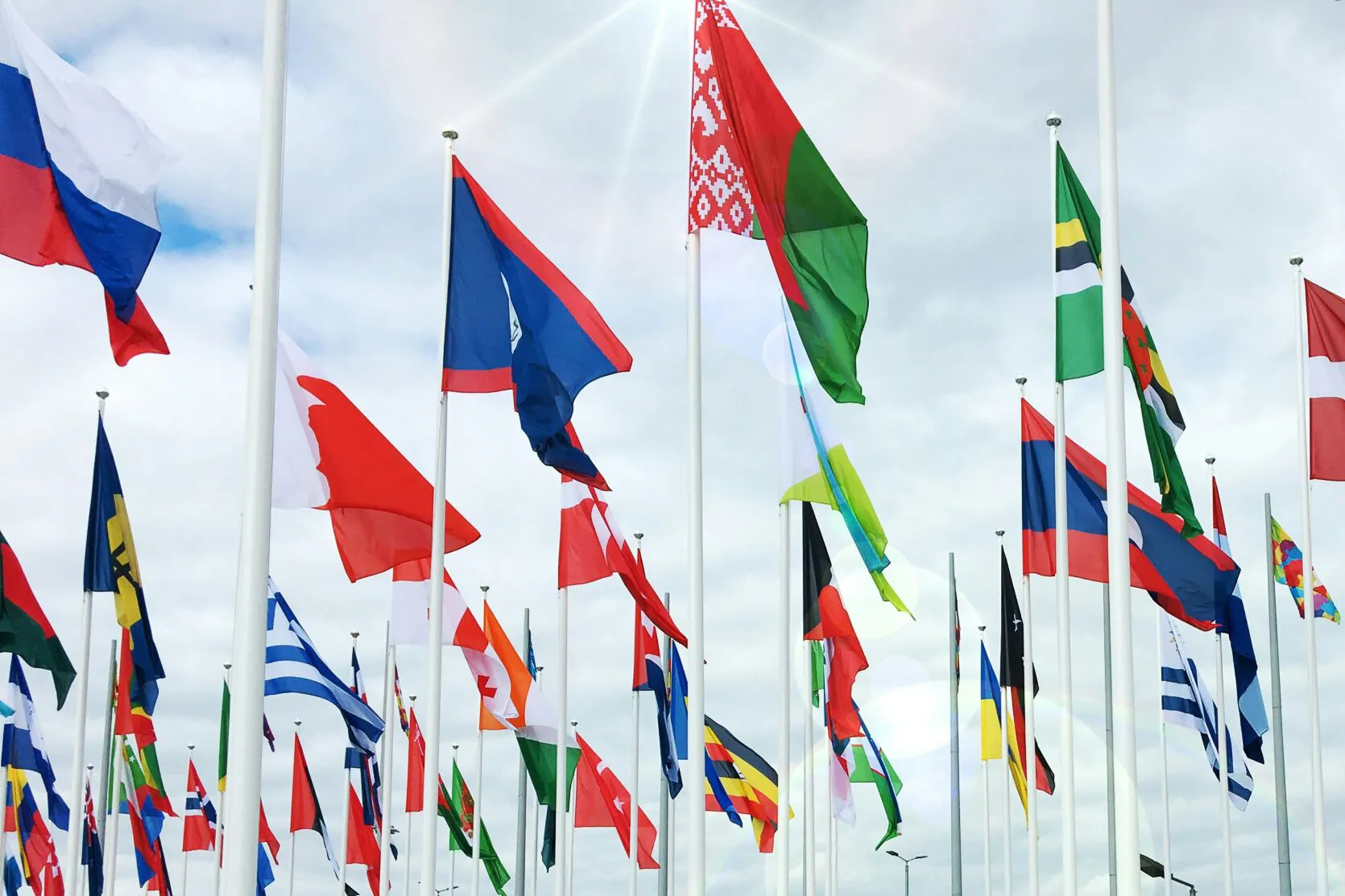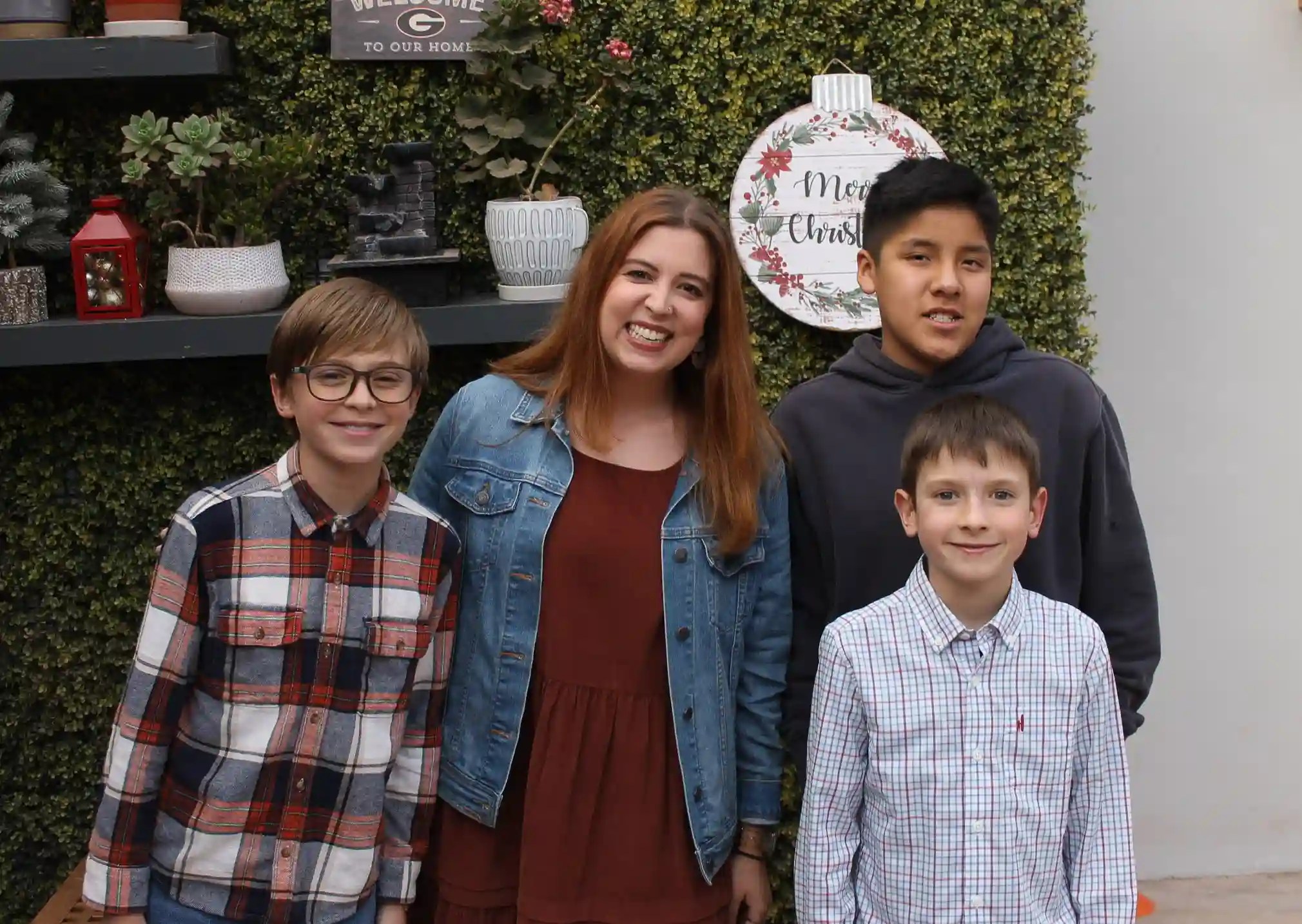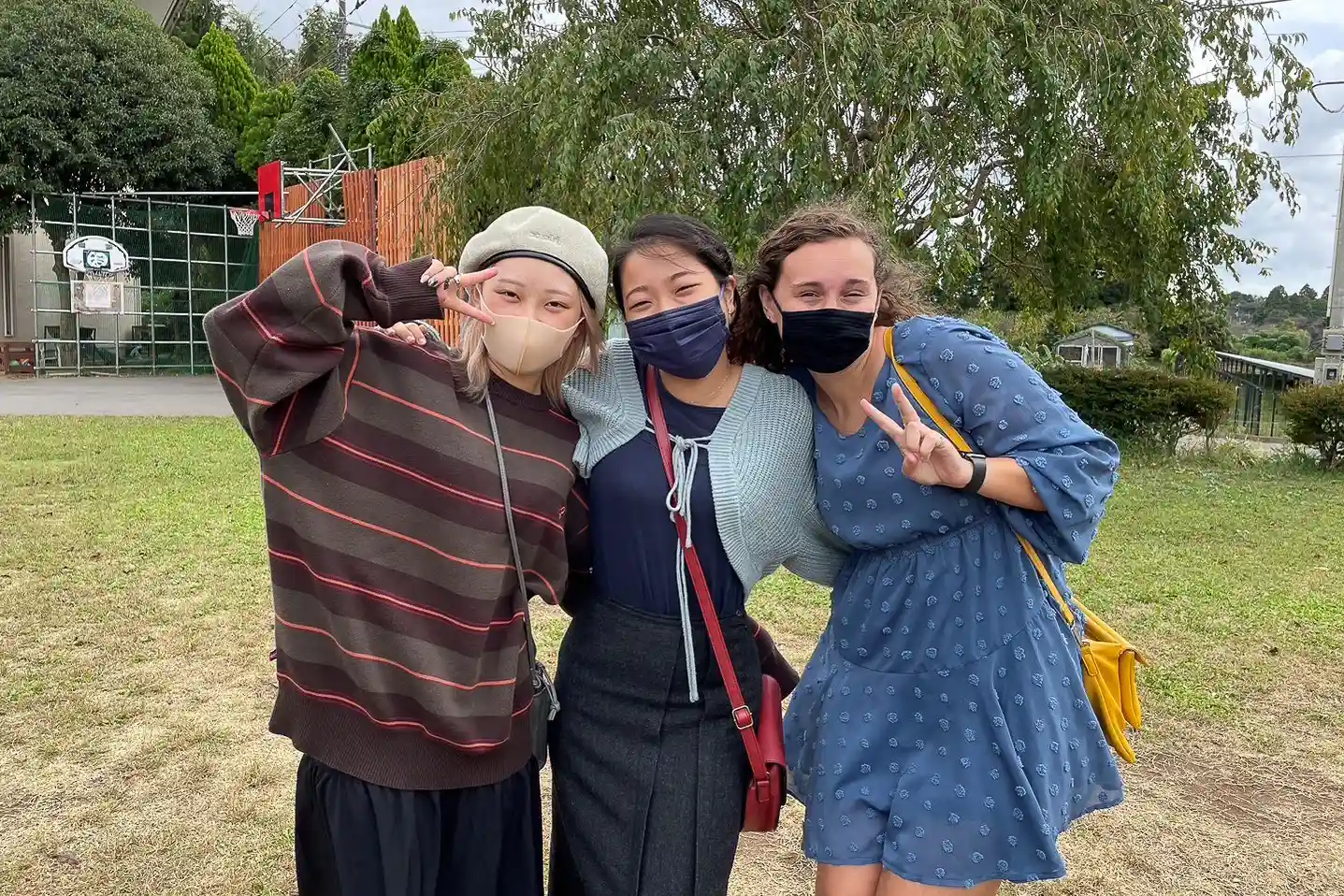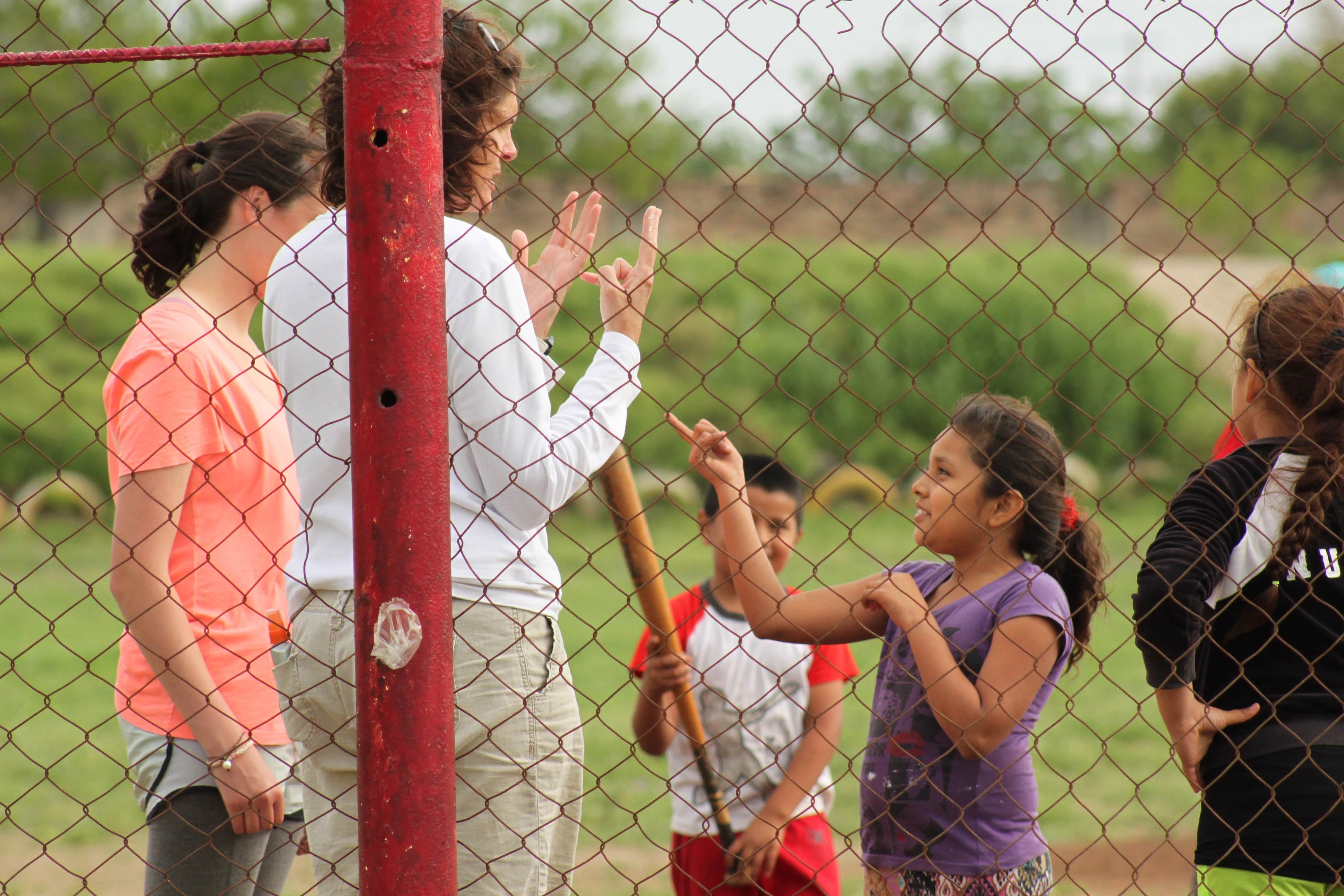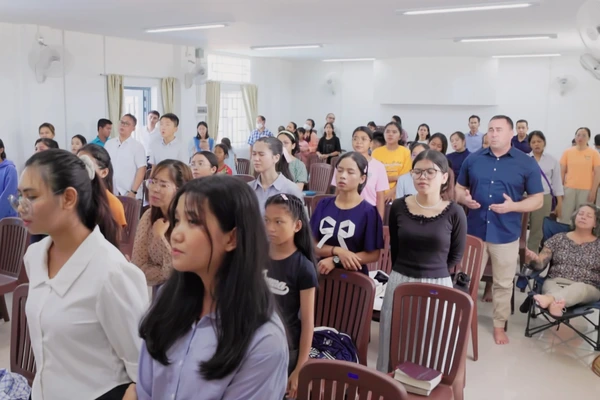Can I Take My Doll With Me?

“Can I take my doll with me?” Those words were some of the last Inge spoke before fleeing her home in Malmo, Prussia, in October of 1942. Unfortunately, the answer was “no.” The Russians were quickly advancing from the east and her family had to take what they could carry, leave their beloved Papa and husband behind, and run.
And run they did, to the Baltic Sea, where the Russians had torpedoed a boat killing 9,000 civilians just the week before, including several of Inge’s relatives. Inge’s boat was one of the fortunate, landing in the port city of Hamburg, from whence she and her pregnant mother and 2-year-old brother began to walk. And walk they did, carrying all they owned through hills and valleys and towns and farms, shooed away by most: “Keep moving. We don’t want your kind here. Go somewhere else,” townspeople said. “We don’t even have enough food for ourselves.” Occasionally kind strangers housed them in gymnasiums where they slept on scratchy hay and warded off bugs. But everywhere … cries of hunger, cries of pain, and cries of fear.
They eventually settled in a small town in central Germany where Inge was raised. A long three years later, they were finally reunited with her father after his release from a Russian POW camp. It was also here where Inge met the Lord.
This little girl, Inge, was my mother-in-law.
It is hard to grasp that my family is only one generation away from being a refugee; and my own side of the family came to America from northern Europe only two generations ago. It was in these new lands—these new homes where the Burklins and the Nanfelts came as refugees and immigrants and sojourners full of hope—that family members also became followers of Jesus.

We read in Acts 17:26, “From one man he made all the nations, that they should inhabit the whole earth; and he marked out their appointed times in history and the boundaries of their lands.” But the next verse has a punch: “God did this so that they would seek him and perhaps reach out for him and find him, though he is not far from any one of us.” That is His reason, His purpose, and His plan.
Since the beginning of time, God has been moving people. He has marked their time and the boundaries of everyone on earth, a movement quite evident in the current refugee crisis—every two seconds someone must flee their beloved home. That is a lot of people running, fleeing, hurting, and enduring trauma, and a lot of people seeking rest, safety, and a lasting security.
We now watch as millions of refugees flee Ukraine. This presents the Church with an overwhelming responsibility and privilege to love, to care, and to minister to the sojourner, the refugee, and the immigrant in our midst. For as we ourselves were the sojourner, the refugee, and immigrant, we are called to love those now surprisingly defined as such. What a joy to offer that ultimate security and hope that we know is found in Jesus Christ.
To offer that to someone. Someone like Inge.
Read updates on Ukraine and how you can help at www.mtw.org/ukraine-crisis.
Kay Nanfelt Burklin served with MTW in refugee ministry.
